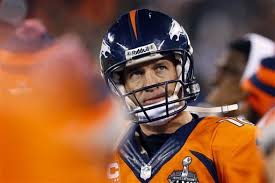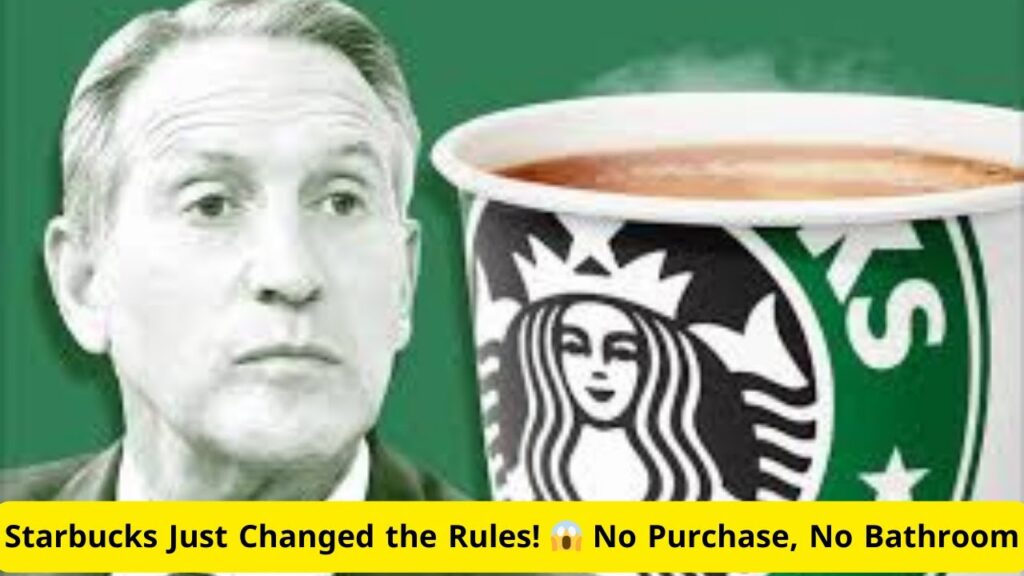 My biggest take-away from this year’s Super Bowl? Bruno Mars is one cool dude. Loved the James Brown homage (to the Godfather of Soul, not the Fox TV announcer) and the cross-generational/cross-genre collaboration of the Red Hot Chili Peppers. Every aspect of the Super Bowl may be planned with military precision – including the obligatory, perfectly cast, multi-ethnic group of excited teens and 20-somethings dancing, waving their hands and pumping their fists in the air in front of the stage – but when Bruno’s band and the Chili Peppers were all wailing away and jumping up and down in unison, it sure seemed to be gloriously spontaneous and bursting at the seams with sheer rock & roll joy.
My biggest take-away from this year’s Super Bowl? Bruno Mars is one cool dude. Loved the James Brown homage (to the Godfather of Soul, not the Fox TV announcer) and the cross-generational/cross-genre collaboration of the Red Hot Chili Peppers. Every aspect of the Super Bowl may be planned with military precision – including the obligatory, perfectly cast, multi-ethnic group of excited teens and 20-somethings dancing, waving their hands and pumping their fists in the air in front of the stage – but when Bruno’s band and the Chili Peppers were all wailing away and jumping up and down in unison, it sure seemed to be gloriously spontaneous and bursting at the seams with sheer rock & roll joy.
The rest of it? Completely disposable.
The game started poorly and only got worse. The day’s theme might have been “Come for the game, stay for the commercials,” had the ads been worthwhile. Many were clever, but with one exception, I kept asking myself, why do these need to be on the Super Bowl? That exception, of course, was the two-minute spot for Chrysler, the car company now owned by Italians, featuring none other than Bob Dylan imploring people to buy American. More on that later, but first a bit of history.
The game-changer for Super Bowl Advertising was “1984,” Apple’s legendary spot that introduced the Mac that appeared in its eponymous year. Some great commercials had appeared on previous Super Bowls, such as Coke’s “Mean Joe Green” ad in 1980, but never one like “1984.” Directed by Ridley Scott of “Blade Runner” fame, the spot was dark, avant-garde and expressionistic with a touch of the subversive. The product was never shown and the product name wasn’t mentioned until the very end of the commercial.
It was so strikingly different, so shocking, that it “went viral” in an age well before Internet access, social media and the yet to be coined marketing cliché.
Advertisers have been trying to capture that lightening in a bottle ever since, with limited success.
There is one, very strong argument in favor of Super Bowl advertising. The Super Bowl not only generates huge numbers, but along with the Oscars and the Emmy’s is one of the few things that just about everyone watches and talks about. As David Carr points out in his February 3, 2014 New York Times column, “Super Bowl Underscores the Big Business of Must-See, Live TV”:
“At a time of atomization in which we all end up down the hobbit holes of our special interests, big live television fulfills a need to have something, anything, in common. You can go on Twitter on any given night to discuss the second episode of the third season of “Girls” with your like-minded pals, but if you want to talk about something that your boss, your mother, your cabdriver and your bartender all have an opinion on, this week it will probably include the words “Peyton Manning” and some cliché about what can happen on any given Sunday.”
A 30 second spot may cost an extraordinary $4 million, but it could be argued that a good spot will generate so much publicity, social media buzz and pre- and post-game YouTube views that it becomes a relative bargain.
Unfortunately, recent research does not support this view. Ad Age reports “a study by research firm Communicus suggests 80% of the ads don’t sell stuff.” The research suggests that brand recall suffers as a result of ads dialing up the entertainment value of the spots for the Super Bowl, i.e., developing a story line or comic premise.
This is one of several ironic twists created by Apple’s “1984.” A new rule was written for Super Bowl ads. Branding and marketing focus didn’t matter. Just go over the top and people will pay attention. Big marketing ideas need not matter, as “great creative” will always break through and save the day. Unfortunately, shock inflation has taken its toll. When everyone is over the top, how do you stand out? More importantly, “1984” wasn’t just “great creative.” Indeed it was, but there was a big marketing idea and an extraordinary new product behind it.
Whereas Apple’s decision to take on the mighty IBM by advertising on the Super Bowl was daring and strategic, the Super Bowl buy now seems to be a “me too” tactic, a self-congratulatory gesture that provides reassurance to marketers that they are either still relevant or now playing in the big leagues. It’s a creative shoot-out that has little to do with strategy and everything to do with showing the world that “I’m more creative than you are.” Yet few, if any, have ever been as creative as Apple and its agency, Chiat/Day. Counting on your commercial to be funnier, more shocking or more touching than everyone else’s is not a strategy. It’s a huge risk.
2014 is not like 1984. It’s much too easy to get lost in the Super Bowl shuffle. You probably remember several car ads from this year’s game. But can you match the ads with the brands? It almost seems that if you really want to stand out, the Super Bowl is exactly not the place to do it.
And that is especially true if you have nothing new to say. “1984” introduced a new product that truly changed the world. If it were still possible to break through the clutter as Apple did 30 years ago, the Super Bowl stage would seem to be a very compelling venue for a startling new innovation. As I mentioned earlier, other than ramped up creative – Stephen Colbert instead of Dennis Rodman for Pistachios, e.g. – this year’s ads offered little in the way of innovation or big messages.
Bob Dylan for Chrysler was the exception. To any Baby Boomer, this is like a punch line, a Saturday Night Live spoof. Unimaginable. I’d love to see how the spot tested with Millennials. Going electric at the Newport Folk Festival was one thing, but this? Yet there he was, lots of make-up, looking almost like the young man strolling down the streets of Greenwich Village on the cover of “Bringing It All Home,” extolling the virtues of buying American and celebrating Chrysler’s comeback from oblivion.
Still, if you can get beyond the shock of a protest icon shilling on national TV and the fact that Chrysler is owned by foreigners, it was a pretty good spot with an important, Super Bowl-worthy message. And Chrysler went big, buying an entire 2- minute spot between the third and fourth quarters of the game.
Which brings up my final point about Super Bowl advertising. Even if you’re incredibly smart and strategic, even if you’re audacious enough to put Bob Dylan in an ad and say something you know will resonate with just about everyone watching, it’s still a big roll of the dice. They do still play a football game, and that game isn’t always a good one. With the Seahawks drubbing poor Peyton and his Broncos, the audience had lost interest or tuned out entirely by the time the Dylan ad ran. Chrysler spent $16 million for those two minutes and can’t be too happy about the outcome.
Now that it’s over, their money’s just “Blowin’ In The Wind.”



